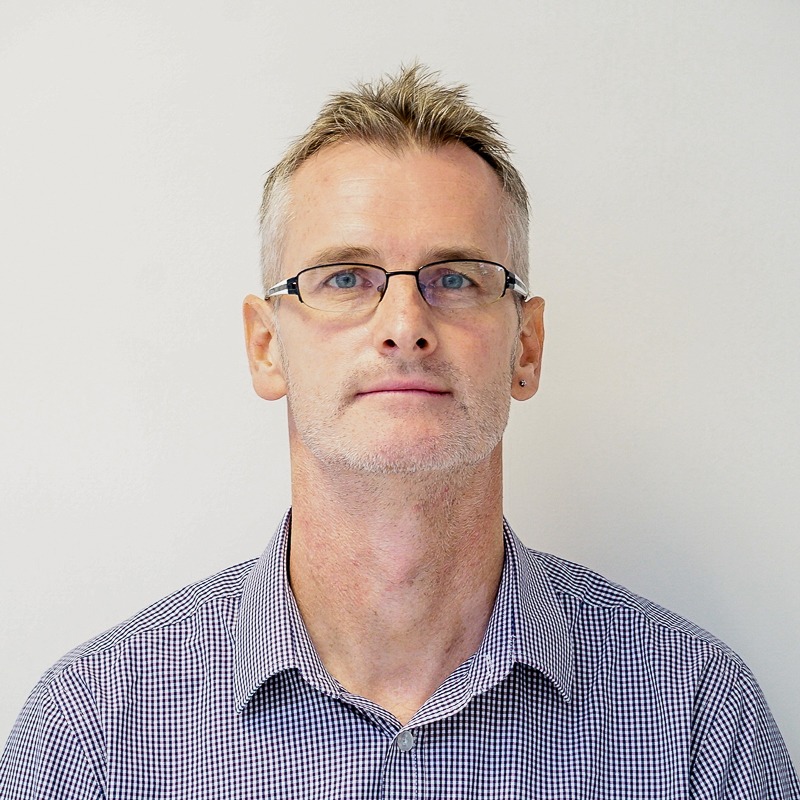Can high efficiency video coding make Africa's cities safer?
Can high efficiency video coding make Africa's cities safer?
46 % of exhibitors that participated in Securex South Africa 2016, held recently in Johannesburg, were Chinese companies, says Huawei. The ICT and telecommunications firm believes this is indicative of the level of trust African firms have bestowed on the tech suppliers from the East to provide H.265 next-generation High Efficiency Video Coding to support Ultra-HD enabled CCTV and video content management analytics platform technology.
H.265 is a standard and algorithm that compresses video content to the extent that applications and platforms that require, for example, 8Mb to run, would only use 2Mbp. In practice the user can still push through the entire amount of information/ content, but this compressed to the point that less bandwidth is used.
This technology is at the forefront of the development of the safe city concept, which simply put, is based on interlinked systems with centralised control to oversee the delivery of a range of municipal, utility and emergency services.
It is a concept that is gaining traction in Africa, according to Huawei. The company identifies Cameroon, Malawi and Zimbabwe as countries that have traditionally been reserved on the topic of safe city implementation, but are now displaying greater interest.
Kamau Maina, Senior Product Manager, Enterprise Business Department, East and Southern Africa region at Huawei, offers insight into tech developments dominating surveillance and security infrastructure – including facial recognition, in the context of data analytics and safe cities.
"You find that there is now a move towards intelligence.... And the underlying devices need to be able to support that intelligence. For example, you cannot have apps on the phone and then still have 'dumb' terminals. In future, cameras will have to be Ultra-HD ... so if you look at facial recognition as an example, it has a lot to do with the ratio of the face to the frame. Now, if you just have the normal 1080p camera, you can zoom in to have a proper face for up close to a certain point, but in most cases, the person doesn't come close enough to the camera to be recognised. So if you have a camera with a very high megapixel, then even if you zoom out digitally, you can still get a quality picture to actually be able to analyse," said Maina.
According to Huawei, Ultra-HD is critical to the future of surveillance. HD offers 2Mbps and Ultra HD offers four times that.
This becomes particularly relevant in the context of using information within a safe city scenario. "You have much more information available to analyse ... it becomes applicable when it is reviewed at the command centre," Maina continues.
While Ultra-HD video standard is already available within the realm of digital lifestyle solutions, Huawei believes its value will become particularly evident in establishment of safe cities.
Security application
Aside from being able to record and utilise a greater volume of information, the affirmation by Huawei is that this technology offers more accuracy, which enhances the quality of analytics. The company refers to the use of information and analytics as part of evidence provided within judicial processes.
"The more information and the clearer the information, the better it is for crime prevention and safety monitoring – and also success in prosecution. At the end of the day our system is able to tell you the probability that this is the person you are looking for. Of course, if you go and prosecute a case, if it is 99%, then it is better than 40%," Maina adds.
Facial recognition technology is being used in Kenya and the country is closer to adopting Ultra-HD, according to Maina.
However, the company acknowledges that integration with existing infrastructure and bandwidth capacity remain challenges to more widespread and quicker adoption.
"Governments and cities have invested now in upgrading that entire infrastructure from 3G, which was supportive of data, to 4G, which is supportive of video... so their challenge now is to introduce Ultra HD using the same infrastructure. So it currently supports video and a bit of HD video, so you only have a limited amount of bandwidth available... so what do you do?"
Another factor to consider in terms of rollout is that globally the H.265 algorithm is not yet stable.
With bandwidth being a premium, countries in Africa have the option to utilise 3G infrastructure and rollout additional HD equipment and utilise less bandwidth, or install less ultra HD technology but leverage the quality and other benefits.
This will have implications in terms of their ability and capacity to develop the safe city concept.
